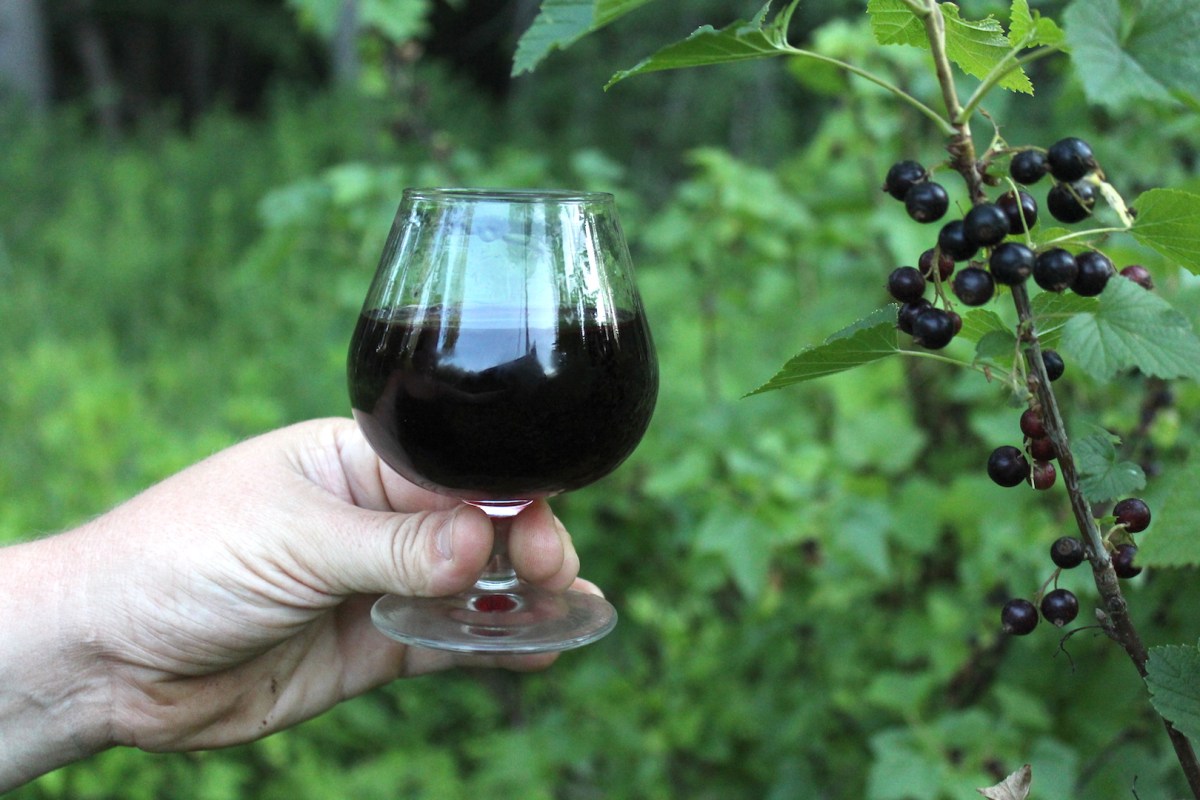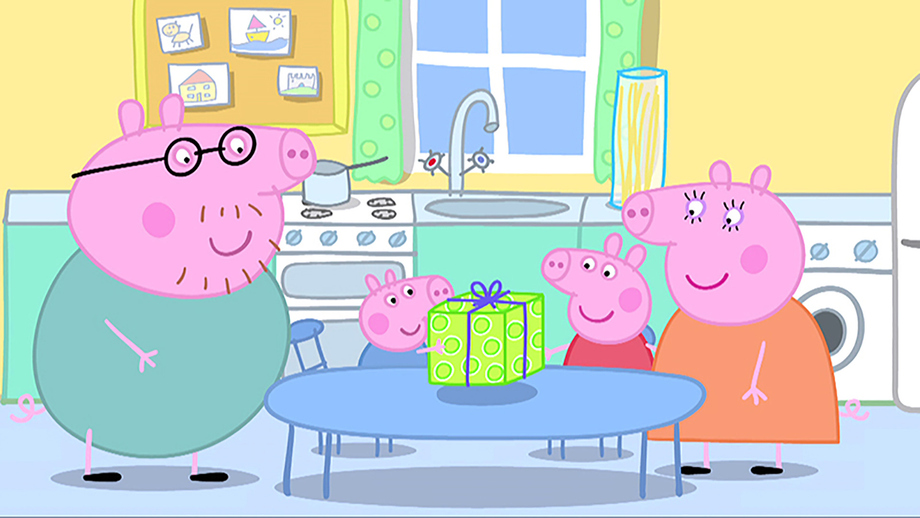Cassis Blackcurrant: Growing, Harvesting, And Preserving Techniques

Table of Contents
Growing Cassis Blackcurrants
Cultivating healthy Cassis blackcurrant bushes is the first step to enjoying their delicious fruit. Proper location, planting, and ongoing care are crucial for a bountiful harvest.
Choosing the Right Location and Soil
The success of your blackcurrant plants hinges on selecting the ideal location and preparing the soil accordingly.
- Sunlight: Cassis blackcurrants thrive in sunny locations, ideally receiving at least 6 hours of direct sunlight per day. Partial shade is tolerable, but less sunlight will result in reduced yields.
- Soil pH: These berries prefer slightly acidic soil with a pH between 6.0 and 6.5. You can test your soil pH using a home testing kit available at most garden centers.
- Drainage: Well-drained soil is essential. Blackcurrants are susceptible to root rot in waterlogged conditions. Consider amending heavy clay soils with organic matter to improve drainage.
- Soil Preparation: Before planting, enrich your soil with plenty of compost and organic matter. This will improve soil structure, fertility, and water retention. Adding well-rotted manure is also beneficial.
- Raised Beds: Planting in raised beds is a great option, especially in areas with poor drainage. This ensures optimal drainage and aeration for your blackcurrant roots.
Planting and Spacing
Proper planting techniques ensure healthy growth and maximize your yield of blackcurrants.
- Planting Time: The best time to plant blackcurrant bushes is either in autumn (after leaf fall) or in early spring before new growth begins.
- Spacing: Allow sufficient space between plants for optimal air circulation and growth. A spacing of 1.5 to 2 meters (5 to 6 feet) between plants is recommended.
- Planting Depth: Plant the bushes at the same depth they were growing in their containers. Gently spread out the roots before backfilling with soil.
- Choosing Healthy Plants: Source your blackcurrant plants from reputable nurseries to ensure they are healthy and disease-free.
Ongoing Care and Maintenance
Consistent care is crucial for healthy blackcurrant growth and fruit production.
- Watering: Water regularly, especially during dry periods. Aim for consistent moisture, but avoid overwatering, which can lead to root rot.
- Fertilizing: Apply a balanced organic fertilizer in early spring to promote vigorous growth and fruit production. Avoid excessive nitrogen, which can encourage vegetative growth at the expense of fruit.
- Pruning: Regular pruning is vital for maximizing fruit yield and maintaining the health of your blackcurrant bushes. Summer pruning involves removing weak or diseased shoots. Winter pruning, typically done in late winter or early spring, focuses on removing older canes to encourage new growth.
- Pest and Disease Control: Monitor your blackcurrants regularly for pests and diseases. Common problems include aphids, mites, and fungal diseases like anthracnose. Employ organic pest and disease control methods whenever possible.
Harvesting Cassis Blackcurrants
Knowing when and how to harvest your blackcurrants ensures you get the best flavor and quality.
Knowing When to Harvest
The timing of your harvest significantly impacts the flavor and quality of your blackcurrants.
- Identifying Ripe Berries: Ripe blackcurrants are plump, dark purple-black, and easily detach from the stems. Avoid harvesting unripe berries, as they will lack flavor and sweetness.
- Optimal Harvesting Time: The ideal time to harvest is typically late summer or early autumn, when the berries are fully ripe and bursting with flavor.
- Impact of Harvesting Time: Harvesting too early will result in tart berries lacking sweetness. Harvesting too late can lead to overripe, soft berries that are susceptible to spoilage.
Harvesting Techniques
Careful harvesting techniques preserve the quality of your blackcurrants.
- Harvesting Methods: You can hand-pick the berries or use specialized harvesting tools for larger quantities.
- Gentle Handling: Handle the berries gently to avoid bruising or damage. Bruised berries are more prone to spoilage.
- Cleaning and Sorting: After harvesting, gently clean the berries and remove any damaged or unripe ones.
- Immediate Processing: It's best to process your blackcurrants immediately after harvesting to maintain their freshness and prevent spoilage.
Preserving Cassis Blackcurrants
Preserving your blackcurrant harvest allows you to enjoy their delicious flavor throughout the year.
Making Blackcurrant Jam
Homemade blackcurrant jam is a classic way to preserve this flavorful berry.
- Recipe Variations: Numerous recipes for blackcurrant jam exist, offering variations in sweetness and consistency.
- Step-by-Step Guide: A basic recipe typically involves combining blackcurrants, sugar, and lemon juice, then simmering until the mixture reaches the setting point.
- Perfect Consistency: Achieving the perfect consistency requires careful attention to the simmering process and the use of a setting point test.
- Storage: Store your homemade blackcurrant jam in sterilized jars in a cool, dark place.
Creating Cassis Liqueur
Cassis liqueur is a sophisticated way to preserve the unique flavor of blackcurrants.
- Recipe: A typical cassis liqueur recipe involves macerating blackcurrants in neutral spirits (such as vodka or grain alcohol) with sugar and water.
- Preparation and Aging: The maceration process requires several weeks, during which the flavors infuse into the alcohol. Aging can further enhance the complexity of the liqueur.
- High-Quality Ingredients: Using high-quality blackcurrants and spirits is crucial for creating a superior liqueur.
- Storage: Once bottled, cassis liqueur should be stored in a cool, dark place.
Other Preserving Methods
Beyond jam and liqueur, several other methods preserve the deliciousness of blackcurrants.
- Freezing: Freezing is a simple and effective method for preserving blackcurrants. Blanch the berries before freezing to maintain their color and texture.
- Pies and Crumbles: Blackcurrants make excellent fillings for pies, crumbles, and other desserts.
- Drying: Drying blackcurrants creates a concentrated flavor suitable for snacking or use in baking.
Conclusion
Successfully growing, harvesting, and preserving Cassis blackcurrants is a rewarding experience. By following the techniques outlined in this guide, you can enjoy the delicious taste of this versatile berry throughout the year, whether it's in homemade blackcurrant jam, delightful cassis liqueur, or countless other culinary creations. Start your Cassis blackcurrant journey today and experience the unparalleled flavor this exceptional berry offers! Learn more about cultivating your own Cassis blackcurrant plants and explore the numerous ways to preserve this unique fruit.

Featured Posts
-
 Dutch Central Bank To Investigate Abn Amro Bonus Practices
May 22, 2025
Dutch Central Bank To Investigate Abn Amro Bonus Practices
May 22, 2025 -
 Phan Tich Chi Phi Va Hieu Qua Dau Tu Xay Dung Cau Ma Da Dong Nai
May 22, 2025
Phan Tich Chi Phi Va Hieu Qua Dau Tu Xay Dung Cau Ma Da Dong Nai
May 22, 2025 -
 Trans Australia Run World Record On The Brink
May 22, 2025
Trans Australia Run World Record On The Brink
May 22, 2025 -
 Access Peppa Pig Online Free And Paid Streaming Options Compared
May 22, 2025
Access Peppa Pig Online Free And Paid Streaming Options Compared
May 22, 2025 -
 Abn Amro Huizenprijzen Omhoog Ondanks Economische Tegenwind
May 22, 2025
Abn Amro Huizenprijzen Omhoog Ondanks Economische Tegenwind
May 22, 2025
